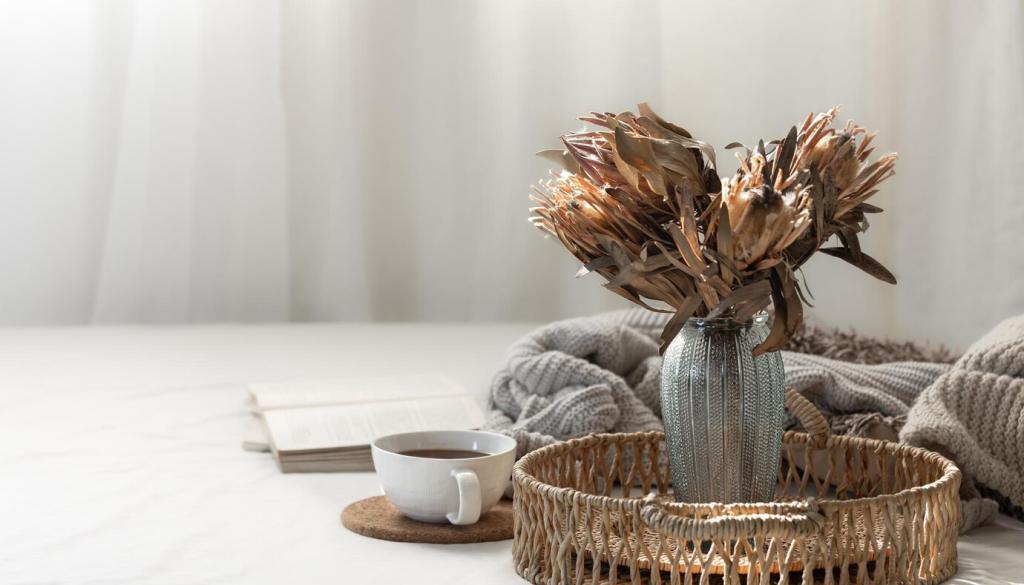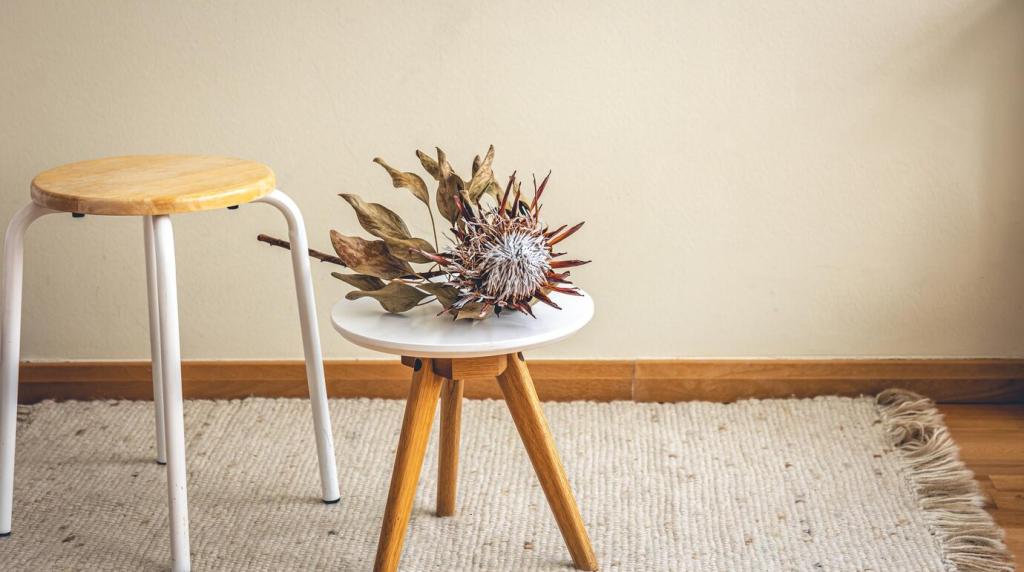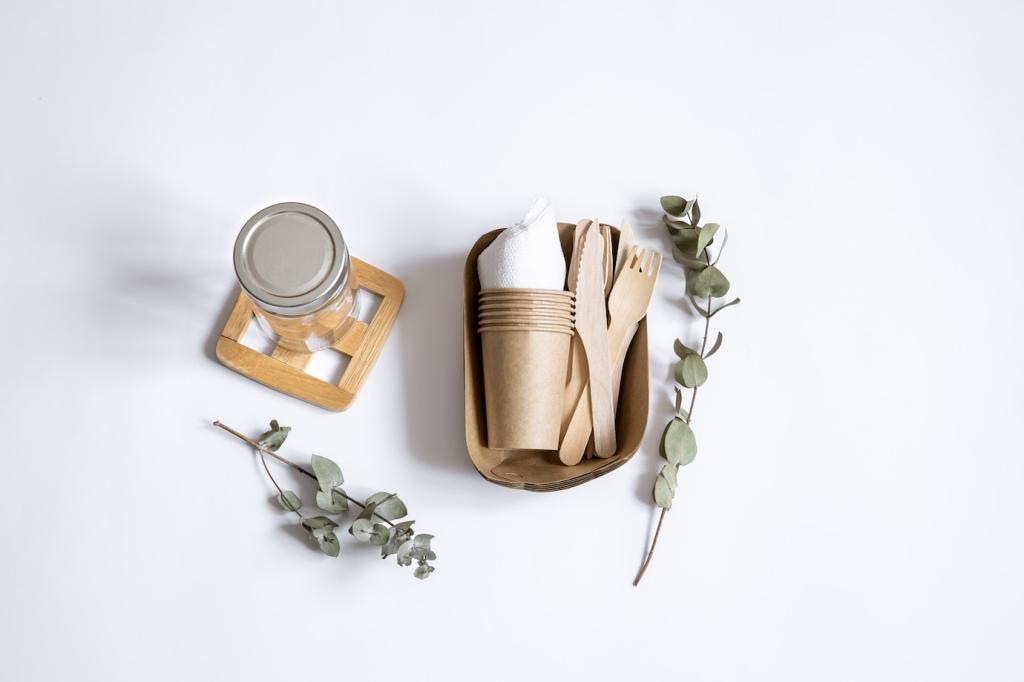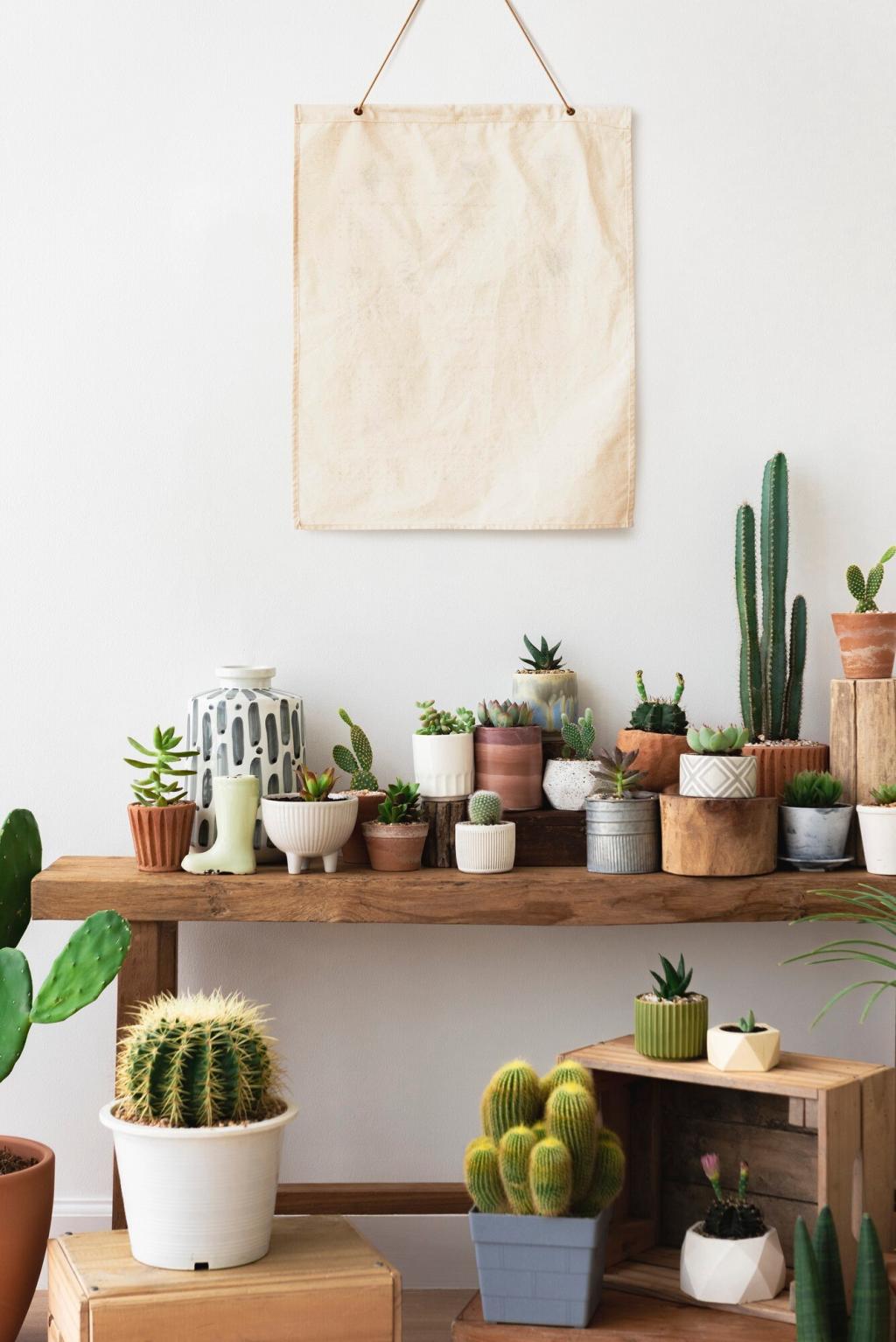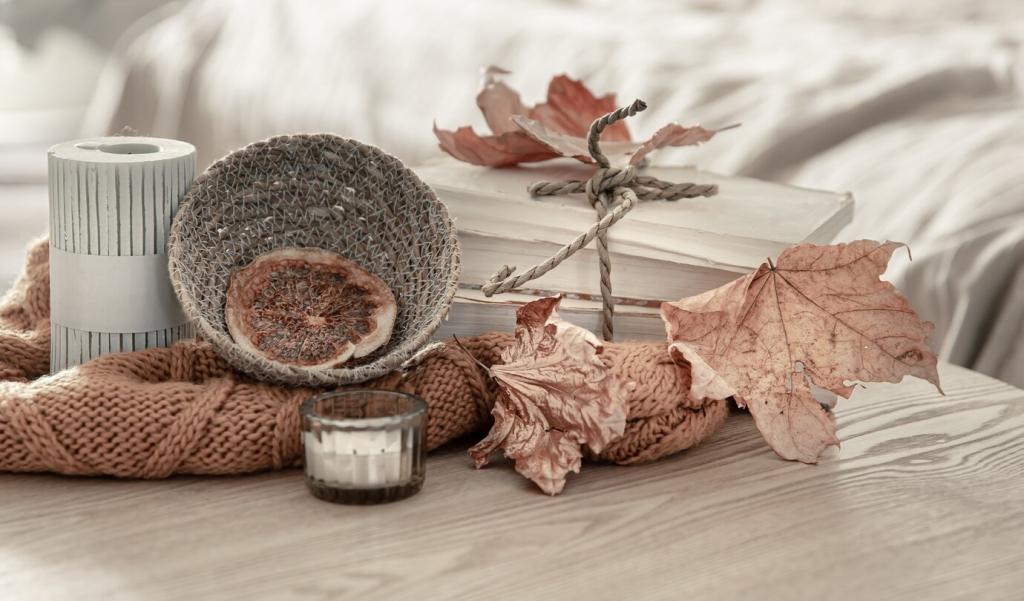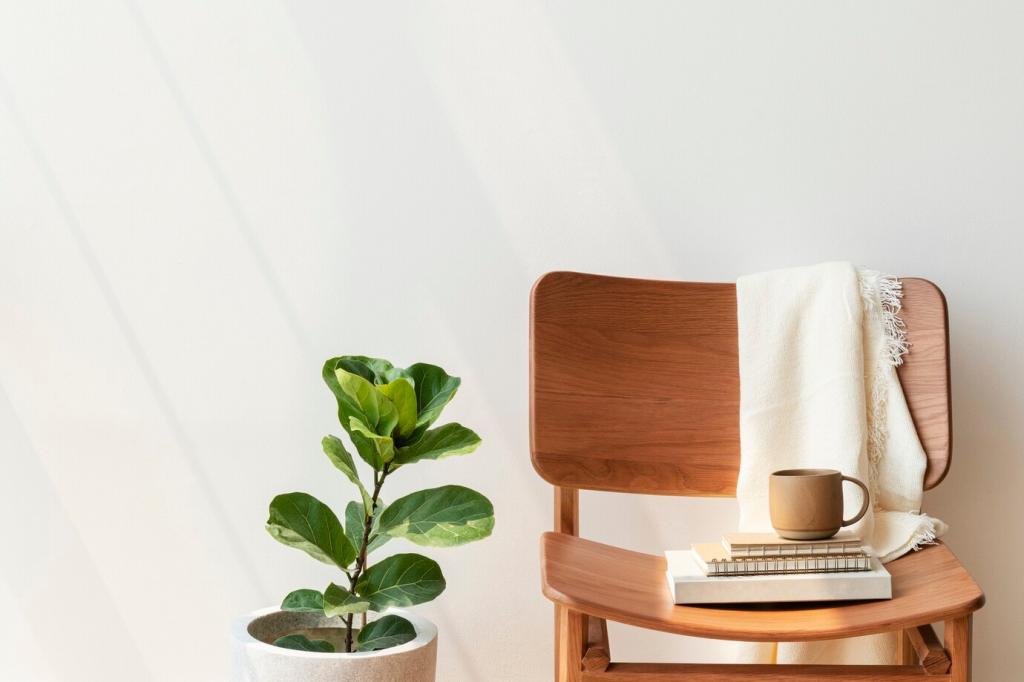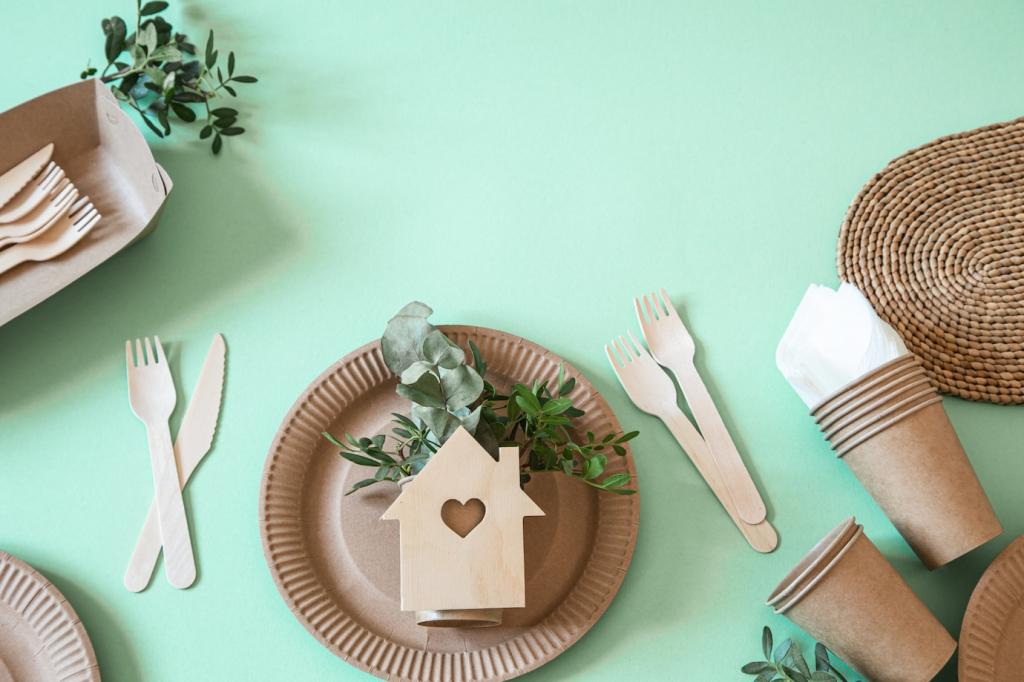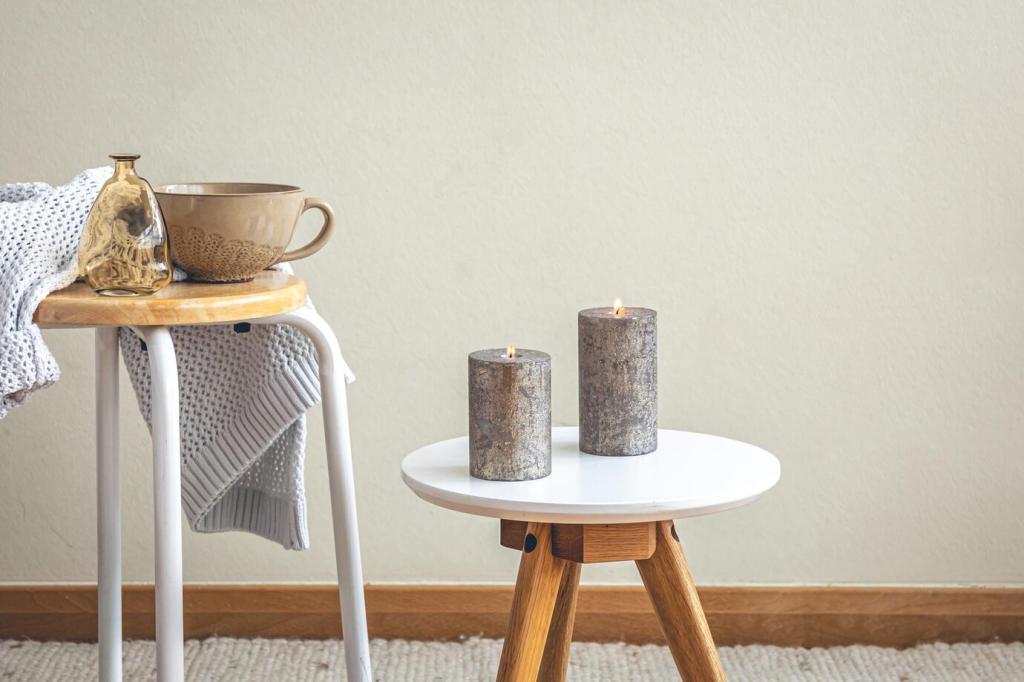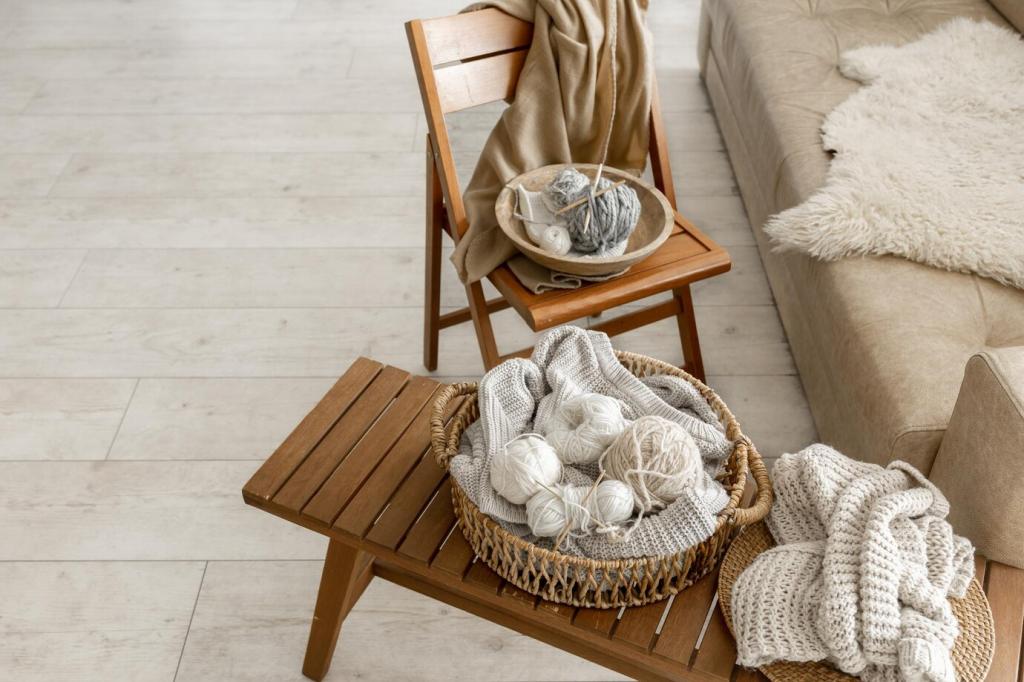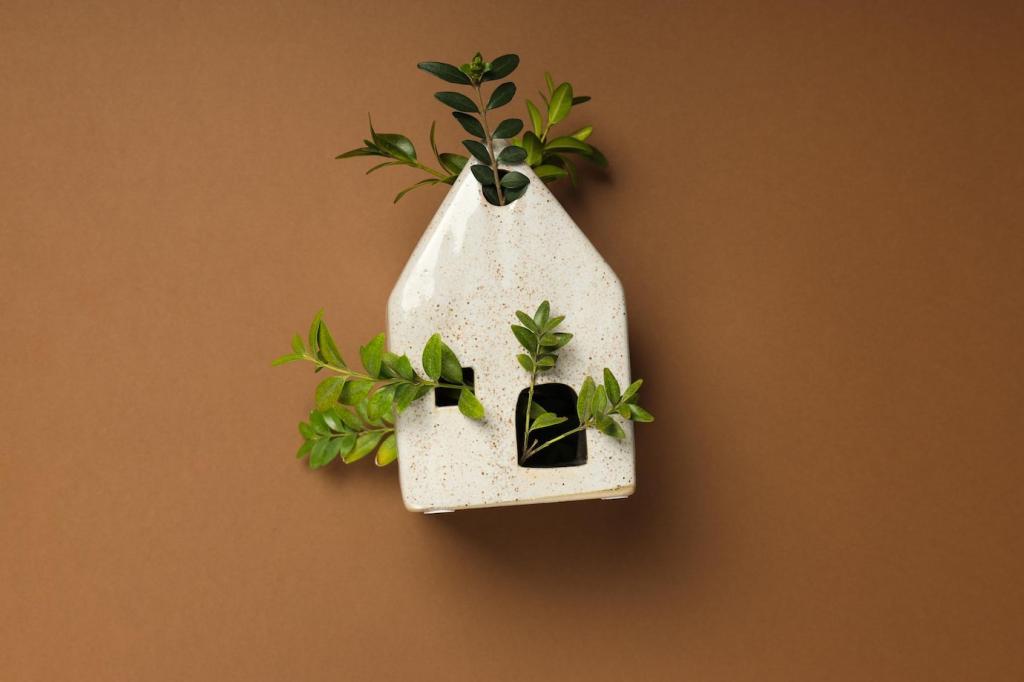What Makes a Fabric Natural and Truly Organic
Cotton, linen, hemp, wool, and lyocell begin in farms and forests, not factories. Their feel, strength, and breathability come from nature’s design, creating furniture textiles that age beautifully and support comfortable living.
What Makes a Fabric Natural and Truly Organic
Look for GOTS for organic content and processing, and OEKO-TEX STANDARD 100 for tested safety. These labels help you avoid harmful finishes, ensuring your family lounges on healthier, thoughtfully verified materials every single day.
What Makes a Fabric Natural and Truly Organic
Natural fabrics breathe better, often regulate temperature, and can feel less clammy than synthetics. They may patina gracefully, developing character, while synthetics can trap heat and odors. Tell us which qualities matter most to you.

